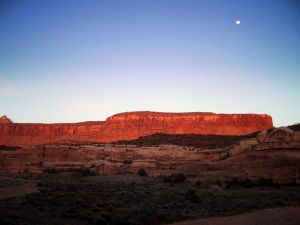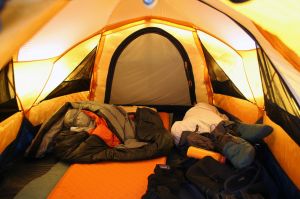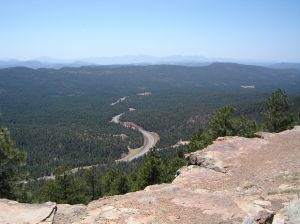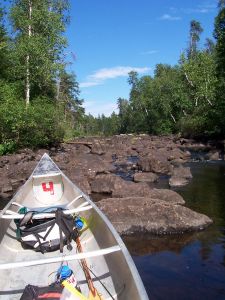Ahh camping! Enjoy a full day of hiking, swimming, fishing, and playing in the sun and fresh air. The only thing better than a full day of camping is a good night’s rest in a warm comfortable sleeping bag. There is nothing worse than shivering all night long, or not being able to scrunch down because your bag’s too short. And if you’ve ever been camping with kids, you know that sooner or later, someone’s sleeping bag is going to end up wet, one way or another. Choosing the proper sleeping bag for your camping style will prevent a lot of discomfort beforehand.
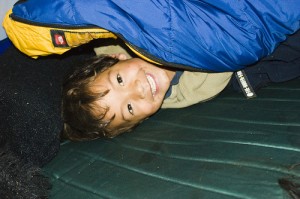
Down verses synthetic
Synthetic sleeping bags are cheaper than down and usually non-allergenic. They dry more quickly when wet, but are bulkier and heavier than down. Synthetic sleeping bags are easier to take care of, especially if spills or stains are sponged off immediately before setting or drying.
-
It is difficult to wash a synthetic sleeping bag by hand, but it can be done.Use warm water and detergent; pretreat stains ahead of time if necessary. Rinse several times to get the soap out.
-
Wash a synthetic sleeping bag in a front-loading washing machine with detergent. Zip the bag before putting it in the machine.
-
Dry a synthetic sleeping bag in a dryer on low heat, so as not to melt the fibers. It may also be dried outside.
Down sleeping bags are difficult to dry, and take a long time to dry fully. They are more expensive, especially if they are made from goose feathers. Duck is slightly less expensive, but just as hard to dry. Down is lightweight and extremely warm. This makes it a good choice for backpackers. Down sleeping bags do require special care.
-
Make sure your down sleeping bag is completely dry before putting it away to prevent mildew, and clumping.
-
Wash a down sleeping bag by hand with mild detergent.
-
If you must use a washing machine use the gentle cycle, preferably in a front-loading machine.
-
Always shake the bag out after drying it, and before using it to fluff out the down.
-
The best way to dry a down sleeping bag is to lay it out flat.
-
If you use a dryer to dry a down sleeping bag use very low heat and throw in a couple of clean tennis balls to fluff the down and break up clumps. Remember, it takes a long time to dry a down sleeping bag, but don’t turn up the heat or you will ruin your bag.
Comfort Ratings
All outdoor sleeping bags are rated by a “comfort rating” This is according to how warm they keep you in low temperatures.
-
Summer weight sleeping bags keep you warm in temperatures 35 degrees or higher.
-
3-season sleeping bags keep you warm in temperatures of plus 10 degrees to 35 degrees.
-
Cold weather sleeping bags keep you warm in minus 10 degrees to plus 10 degrees.
-
Winter/Extreme sleeping bags keep you warm in minus 10 degrees and below.
Most children’s character sleeping bags are not designed as outdoor sleeping bags, so if you have kids, check first, and take extra blankets if it gets cold at night.
Size and Shape
Sleeping bags come in different lengths. Make sure you have enough room to be comfortable, but not too much empty space that makes it hard to stay warm.
-
Mummy bags are cut so that they are narrower at the feet and wider at the shoulders. The bag conforms more closely to the body than a rectangular sleeping bag making it easier for the bodies heat to warm the space. These bags are slightly restrictive if you move around a lot in your sleep, but are great for cold weather camping.
-
Rectangular sleeping bags give more room to move around and can usually be zipped together with other rectangular sleeping bags. Heat escapes from the top more quickly than a mummy bag, but some semi-rectangular sleeping bags come with a contoured hood making up for the heat loss
Hope this helps you choose a warn, snug sleeping bag for you and your kids to snuggle-down for a good nights sleep the next time you go camping! (Or at least a comfortable night of no sleep, which often happens with kid campers.)
By Sandra M. Webster


